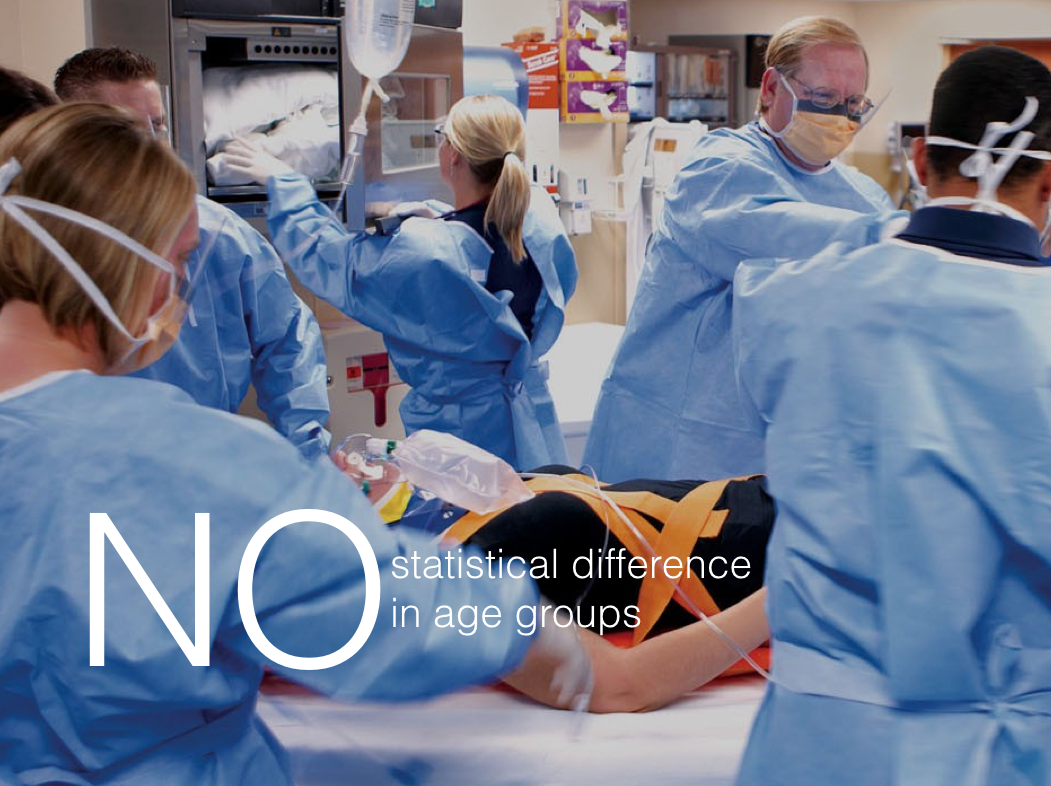In a scientific article an illustration or a figure is accompanied by a caption. There is no caption required in a presentation. Images should exist by themselves without a complex description. Conversely a slide and in fact the whole of the p2 should be useless on its own without some explanation. In a presentation the caption is delivered by the presenter not the slide. Understanding this concept will help presenters develop presentations where no caption is required.

Part of the problem with slides in a presentation is that presenters feel the need to add more and more detail to a slide in order that it might be understood on its own. Titles, details, description, explanation, references, icons and the like are added adding to the visual complexity and detracting value with each addition. An image should be able to stand alone; no caption required.
It is clear though that adding a word or two may alter the meaning of an image completely. The value of this should not be underestimated nor the dramatic value of that word appearing on the image after some time. (This can be achieved with animation of duplication of an image, the second with the word superimposed.) Such annotation is often oblique or challenging rather than purely descriptive. If one presents a picture of a wall, it is unnecessary to add a description; no caption required.
Data images and in particular graphs should be handled differently in a presentation from a publication. They are different media. The context of an image in a presentation should be immediately obvious, in a publication a caption is required. Explanation however may be used as a replacement for a title aiding prompt interpretation; no caption required.

A slide cannot stand alone. It should fit in context with the delivery, add meaning and not distract, no caption required.
Pingback: No caption required – Global Intensive Care